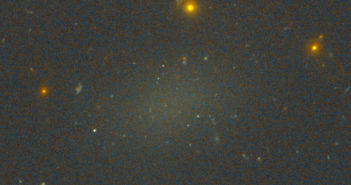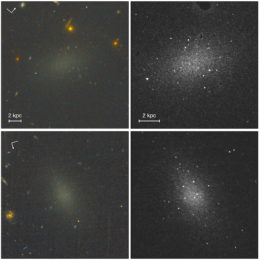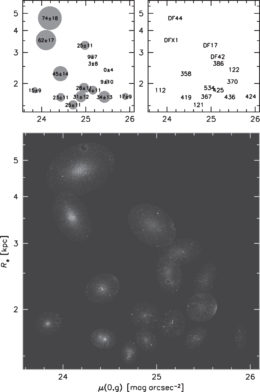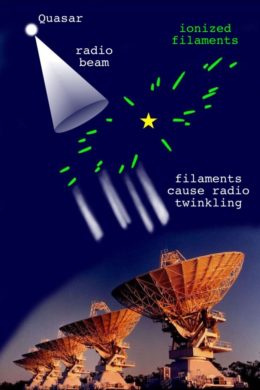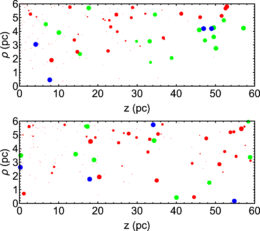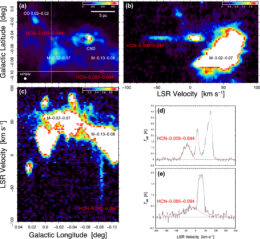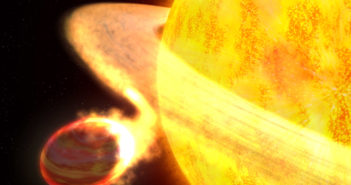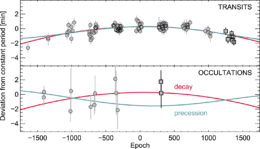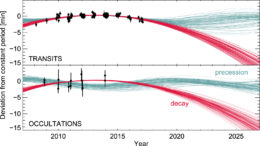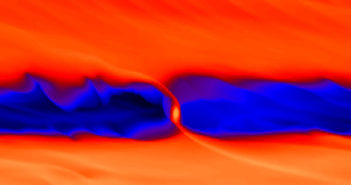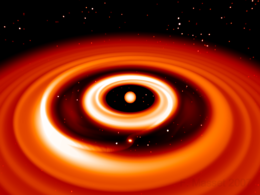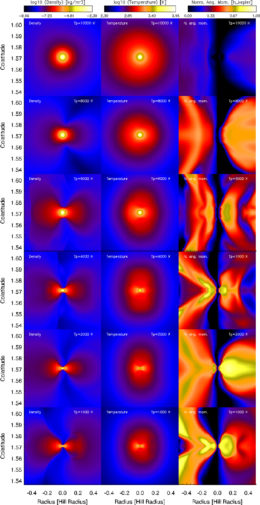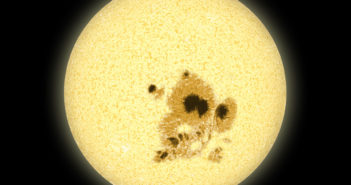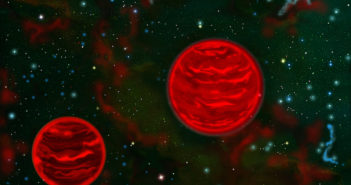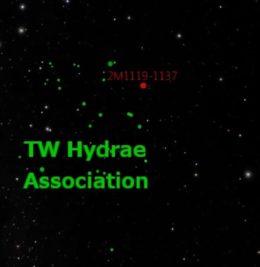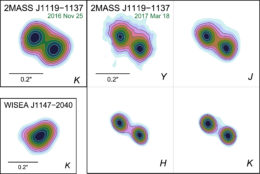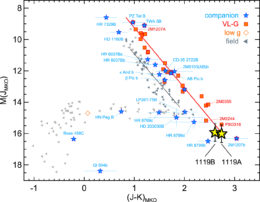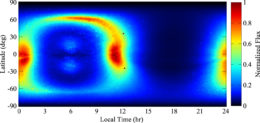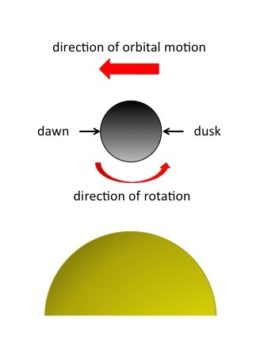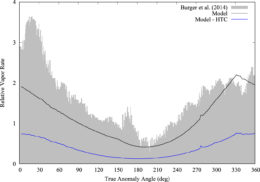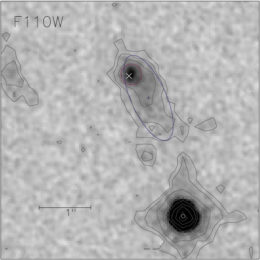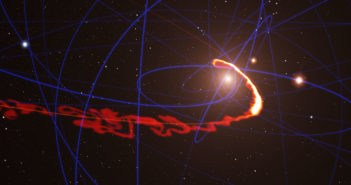
The Story of a Boring Encounter with a Black Hole
Remember the excitement three years ago before the gas cloud G2’s encounter with the supermassive black hole at the center of our galaxy, Sgr A*? Did you notice that not much was said about it after the fact? That’s because not much happened — and a new study suggests that this isn’t surprising.
An Anticipated Approach
G2, an object initially thought to be a gas cloud, was expected to make its closest approach to the 4.6-million-solar-mass Sgr A* in 2014. At the pericenter of its orbit, G2 was predicted to pass as close as 36 light-hours from the black hole.
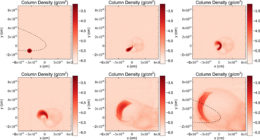
Log-scale column density plots from one of the authors’ simulations, showing the cloud at a time relative to periapsis (t=0) of −5, −1, 0, 1, 5, and 10 yr (left to right, top to bottom). [Morsony et al. 2017]
Instead, Sgr A* showed a distinct lack of fireworks, with very minimal change to its brightness after G2’s closest approach. This “cosmic fizzle” has raised questions about the nature of G2: was it really a gas cloud? What else might it have been instead? Now, a team of scientists led by Brian Morsony (University of Maryland and University of Wisconsin-Madison) have run a series of simulations of the encounter to try to address these questions.
No Fireworks
Morsony and collaborators ran three-dimensional hydrodynamics simulations using the FLASH code. They used a range of different simulation parameters, like cloud structure, background structure, background density, grid resolution, and accretion radius, in order to better understand how these factors might have affected the accretion rate and corresponding luminosity of Sgr A*.
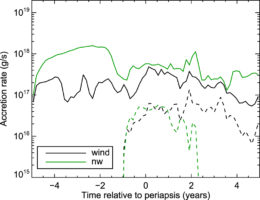
Accretion rate vs. time for two of the simulations, one with a wind background and one with no wind background. The accretion rate in both cases displays no significant increase when G2 reaches periapsis. [Morsony et al. 2017]
Not Just a Cloud?
By comparing their simulations to observations of G2 after its closest approach, Morsony and collaborators find that to fit the observations, G2 cannot be solely a gas cloud. Instead, two components are likely needed: an extended, cold, low-mass gas cloud responsible for most of the emission before G2 approached pericenter, and a very compact component such as a dusty stellar object that dominates the emission observed since pericenter.
The authors argue that any future emission detected should no longer be from the cloud, but only from the compact core or dusty stellar object. Future observations should help us to confirm this model — but in the meantime these simulations give us a better sense of why G2’s encounter with Sgr A* was such a fizzle.
Citation
Brian J. Morsony et al 2017 ApJ 843 29. doi:10.3847/1538-4357/aa773d

